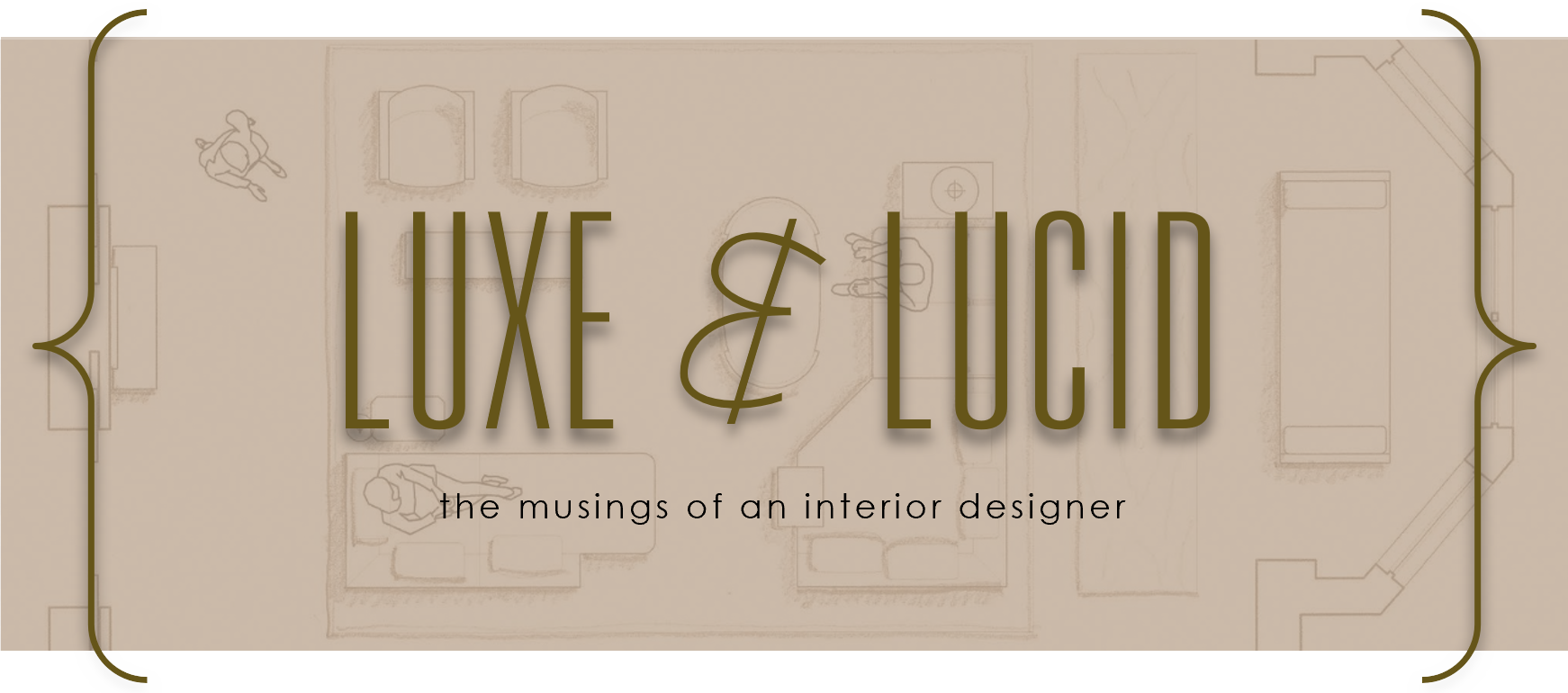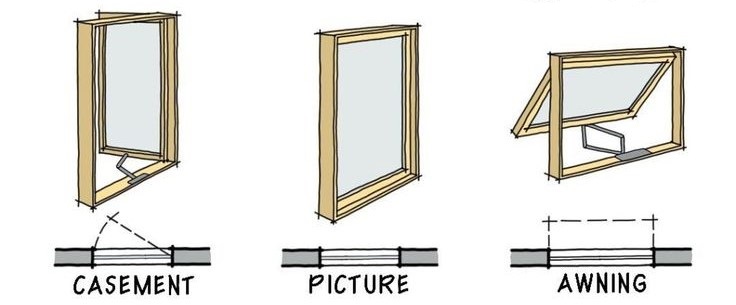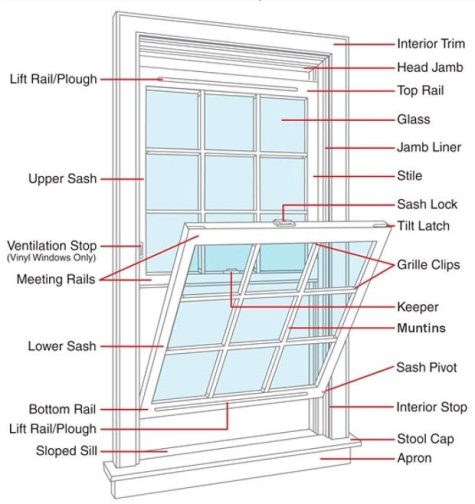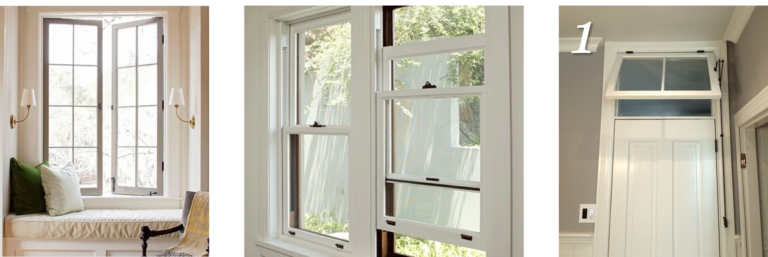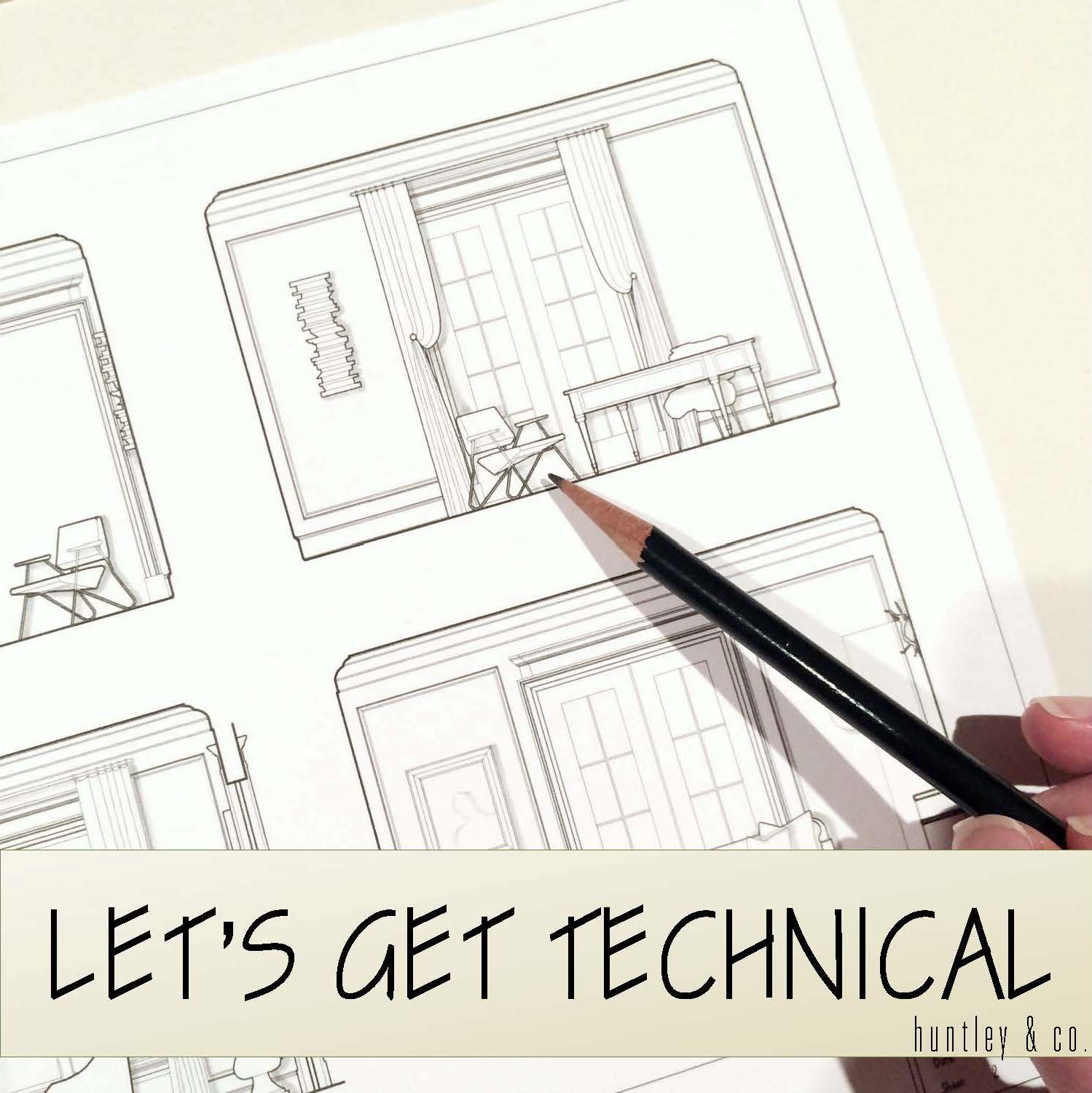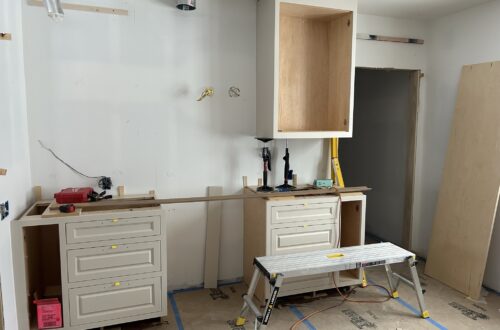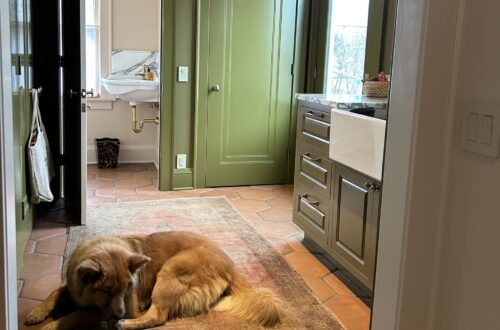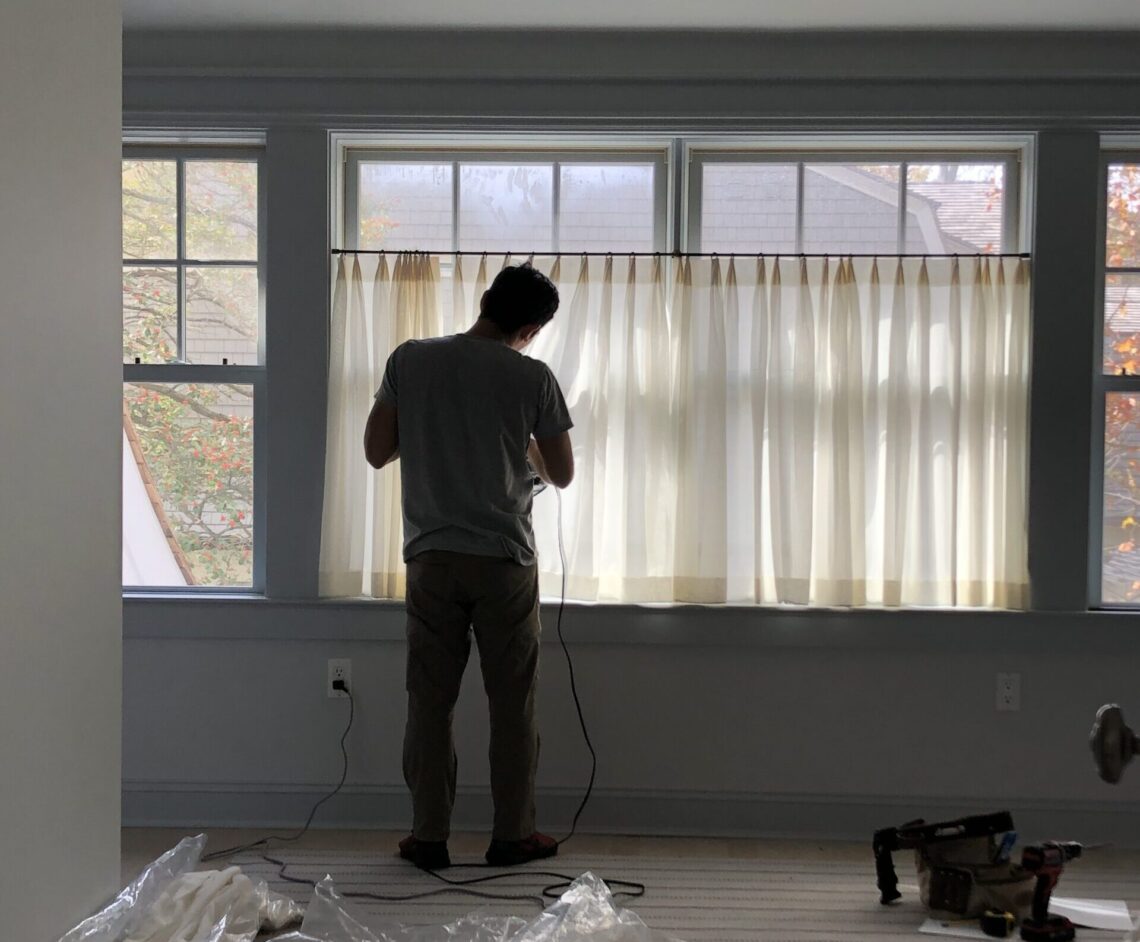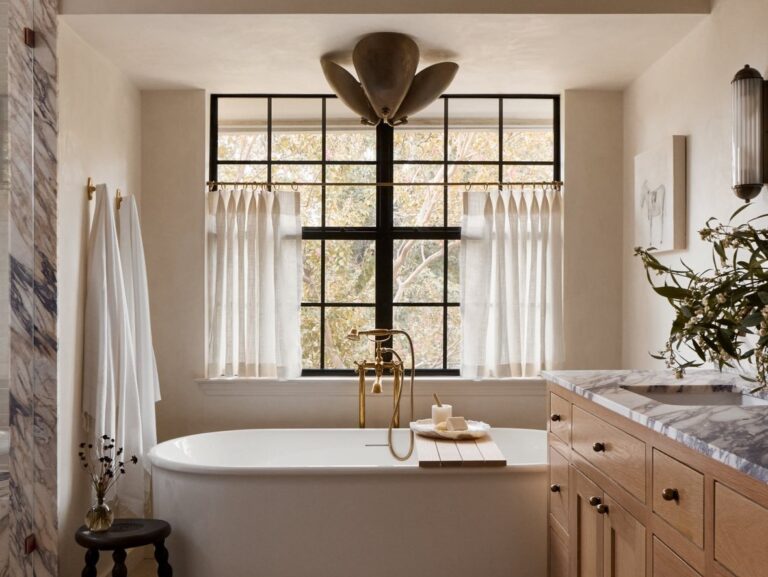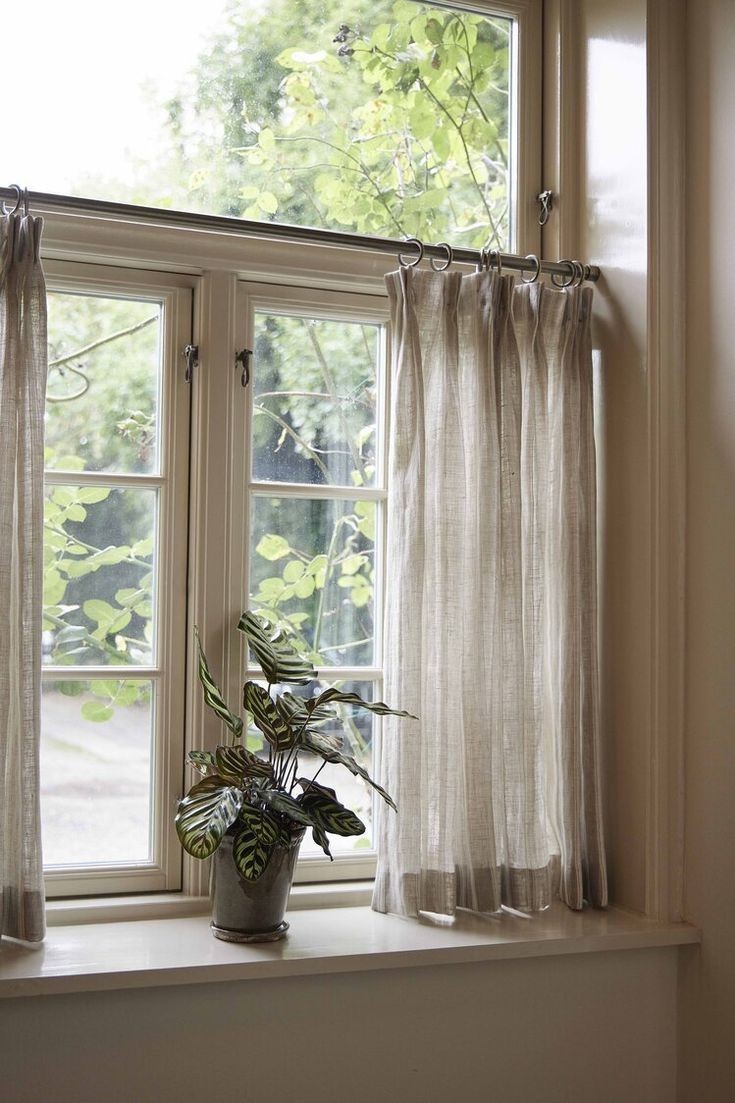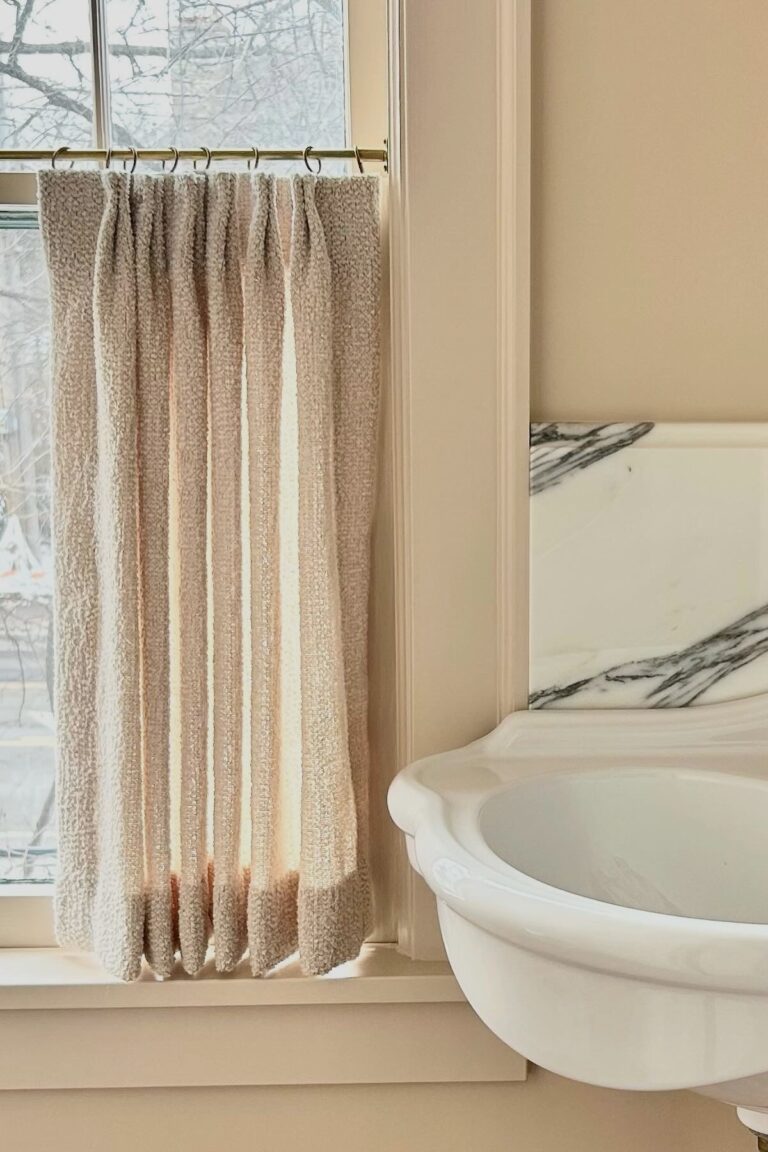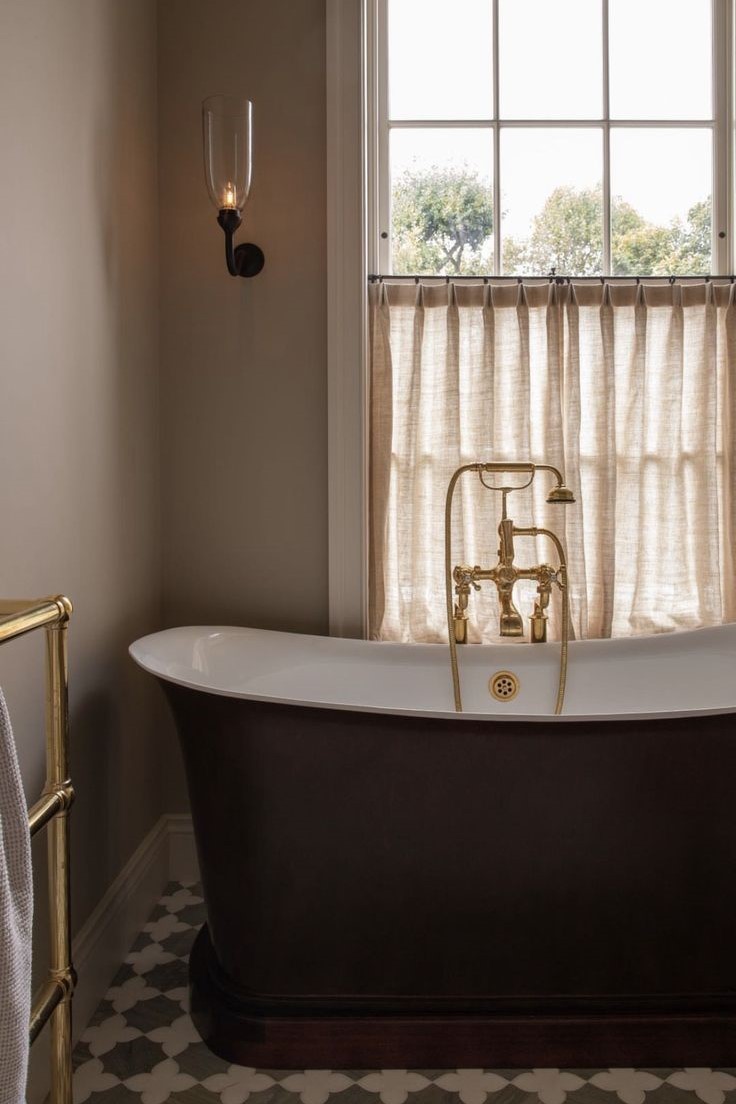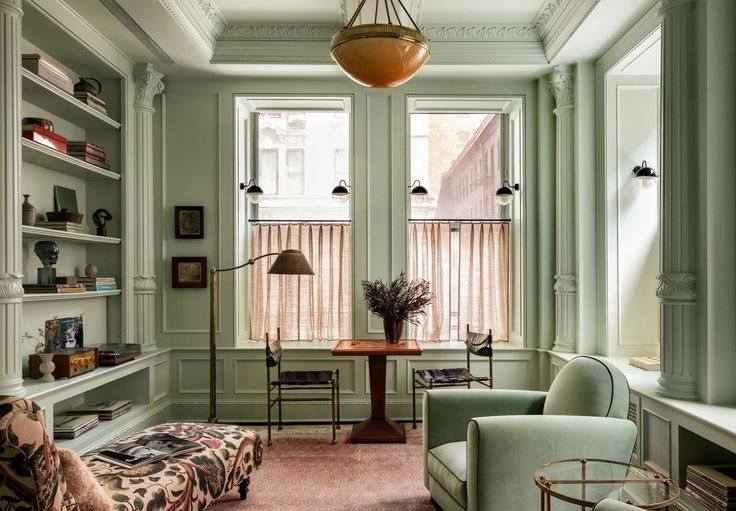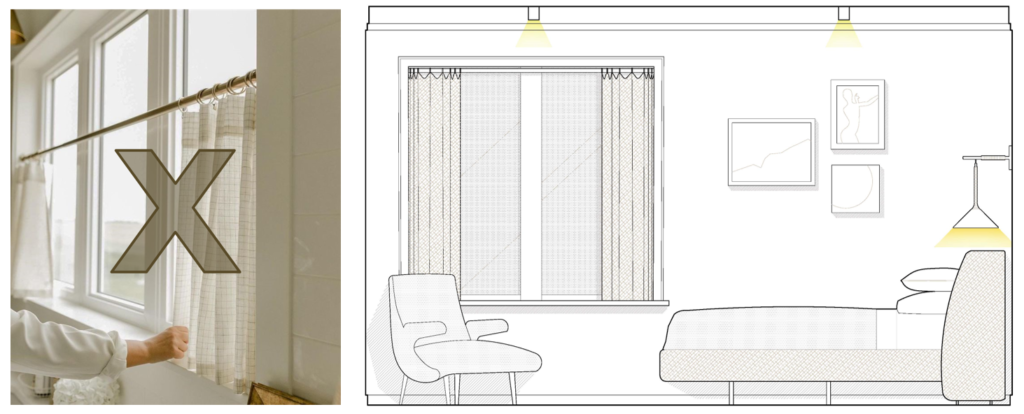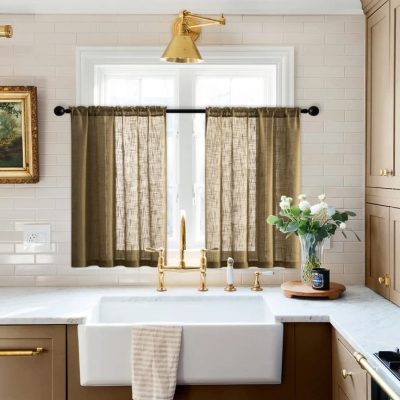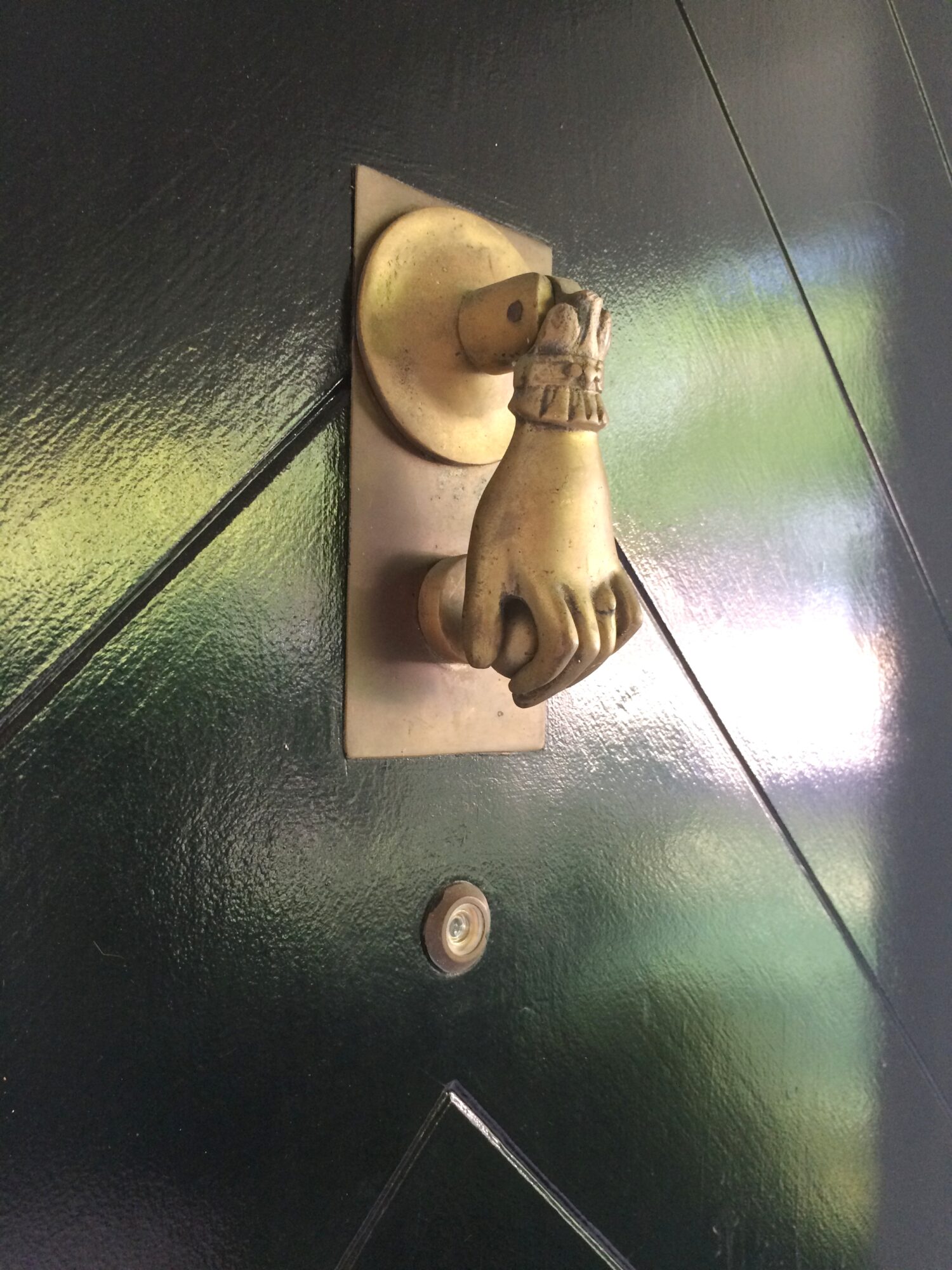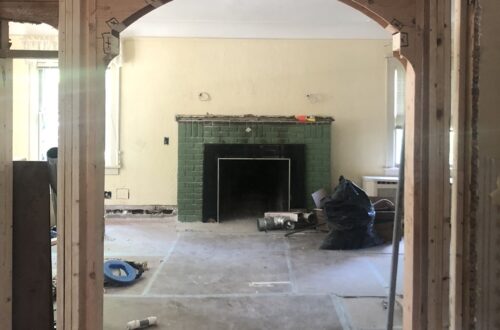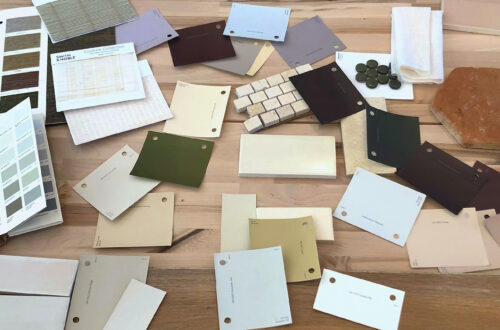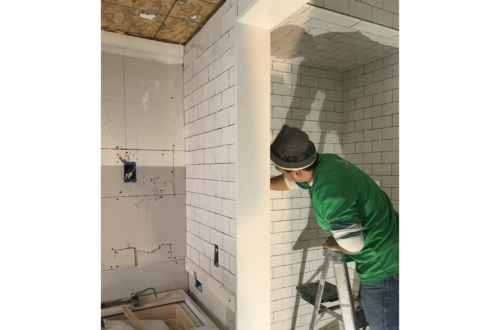-
A Closer Look at Windows
-
The Right and Wrong Way to Hang Cafe Curtains
-
Ironware’s Designer Spotlight
In an interview with Ironware International, Tricia answers all your burning questions including what inspires her, what’s on her bucket list and whether she prefers 70s soul, country music or contemporary pop (hint: all of the above).

Ironware Q&A
Who is a designer you admire and why?
Muriel Brandolini. I admire her creativity, fearlessness, passion for craftsmanship and ability to mold her very particular look into something traditional or modern.Where is your favorite travel destination?
Italy. Rome and Florence are favorites – The Boboli Gardens particularly in Florence.What or who has inspired your work recently.
I recently watched the documentary ‘Agnelli’ about the life of Gianni Agnelli. His style is legendary. His clothing, grooming, homes, cars, art, mannerisms—all were impeccable, incredibly glamorous, and yet, totally effortless. He embodied midcentury Italian style.Is there a special detail you always add to your projects?
Bespoke furnishings. We always create custom furniture, lighting and/or softgoods for our projects.What is the most common mistake you see in interiors?
Uninspired art. Seeing a well-executed interior with art that’s decorative or pedestrian is soul-crushing. An artwork collection should be a mix of genres and price points; some should be thoughtfully curated pieces, others should be “finds” from vacations and flea markets. It shouldn’t be too perfect, too much of the same or purchased based on what your friends own.What is most exciting to you in your career at this moment?
The landscape of our industry is constantly shifting and it’s become an ongoing challenge for designers. The good news is that I love a challenge. I never thought I would have to explain or defend my professional value at this point in my career, but I’ve come to realize that it ups my game in many ways. I continually pursue new levels of excellence in design and business. That keeps my job exciting and interesting.How would you best describe your style?
Eclectic yet edited. I like unexpected pairings and a bit of tension wrapped in a thoughtful, comfortable envelope.Describe a favorite piece in your personal home
I purchased a vintage coromandel screen last year and installed it in my dining room. It has a rich warm wood finish with slightly colored carvings. It has great scale and is both very elegant and a bit weird. It’s flanked by crystal Swedish sconces with my dining table, pink leather chairs and brutalist chandelier completing the arrangement.What are three (or four!) things you can’t live without besides family, faith and friends?
Comedy radio, cursive handwriting, my Swell water bottle and Nina, my beloved Norwegian Elkhound.Name something on your bucket list
Going on safari in Africa.What music are you listening to right now?
70s soul, country and the Sia station on Pandora.Why do you choose Ironware for your projects?
Ironware has substance. Playing the textural and sculptural against clean lines is part of what makes a Huntley & Co. interior. Ironware is the perfect counterpoint to more tailored furnishings.
Ironware x Huntley

(L to R): the Alicia table in an Annapolis project; the Huntley-designed Celine pendant; a master bedroom features the Diego bed. 
The Celine pendant and a multitude of other gorgeous light fixtures, furnishings and accessories are available to-the-trade on the Ironware International website. HUNTLEYCODESIGN loves IRONWARE!

www.luxeandlucidblog.com
www.huntleyandcompany.com
